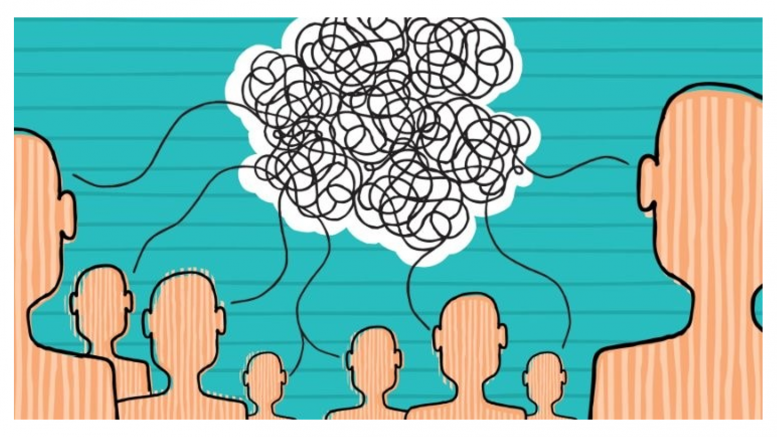‘Climate Anxiety’ is how my journey towards sustainability started. Like many, I’ve always considered myself environmentally conscious. I have supported sustainable initiatives whenever possible. But as the realities of climate change grew increasingly dire, so did a sense of unease within me. A nagging fear that despite my best efforts, it might not be enough.
The numerous news reports, opinion pieces, videos of melting ice caps to raging wildfires, droughts to floods, have only aggravated the feelings of fear, despair, and powerlessness. But I knew, these feelings will not drive change. Hope, solutions and collective action will.
Climate change is real. There’s no denying that. But bombarding people with scary stats and worst-case scenarios isn’t the most effective way to inspire action. So how do we talk about climate change without freaking everyone out?
Here are a few tips to keep in mind:
Focus on Solutions, Not Just Problems
First and foremost, we must acknowledge the emotional impact of climate change on our audiences. The weight of this existential threat can feel overwhelming, leading to feelings of anxiety, despair, and helplessness. As communicators, it’s our duty to tread carefully, recognising the importance of empathy, validation, and empowerment in our messaging.
The narratives must create a delicate balance between raising awareness and avoiding a doom-and-gloom vibe. There should be a mix of on-ground reality, data, progress, solutions and above all call to action.
Everyday folks like you and me are taking steps to reduce our carbon footprint, whether it’s biking to work, composting our food scraps, or supporting companies with strong sustainability practices. There are plenty of positive stories to tell. By highlighting these success stories, we can show that progress is possible and inspire others to join the fight.
Empower People to Take Action
We must underscore the role that individuals, businesses, and communities can play in driving positive outcomes. Whether it’s through advocacy, consumer choices, or collective action, each of us has the power to make a difference—a message that instills a sense of purpose and possibility in our audiences.
We must remind people that they’re not powerless. Instead, taking small steps in their daily lives, like reducing waste, supporting sustainable brands, or advocating for climate-friendly policies can minimise the negative impact.
We must also foster a sense of community and hope in our communications. Remind people that we’re all in this together and that by working collaboratively, we can overcome even the biggest challenges. By building a sense of solidarity and optimism, we can inspire action and drive positive change.
Keep it Relatable
Climate change can feel like a distant, abstract concept to some people. Something that will happen in the distant future and may not need their attention right now, right away. To others, the key points get lost in the technicalities and magnanimity of the problem. When a problem is too big, our first instinct is to walk away from it and hope that it gets resolved on its own.
Hence, we have to make the challenges of climate change feel tangible and relatable so people connect with the issue on a personal level. Whether it’s a farmer struggling with drought, a coastal resident facing rising sea levels, or a child worried about the future of their planet, these stories humanise the issue and make it feel more real.
Breaking down the science behind climate change into a more layman storytelling, customising message formats and content to each audience and keeping a balance of problem and solution in our narratives will help engage our audience more meaningfully.
The feeling of eco-anxiety isn’t just an individual struggle; it’s a collective concern that weighs on many of us. As sustainability communications professionals and thought leaders, our mission is clear: to drive meaningful change for ourselves and for future generations. We can’t simply sugarcoat the problem and pretend everything is fine, but nor can we dwell solely on the negatives. We have to stay engaged, stay hopeful, and keep spreading the message of a brighter, greener future.
The views and opinions published here belong to the author and do not necessarily reflect the views and opinions of the publisher.



Be the first to comment on "Navigating Climate Anxiety Through Conscious Communication"